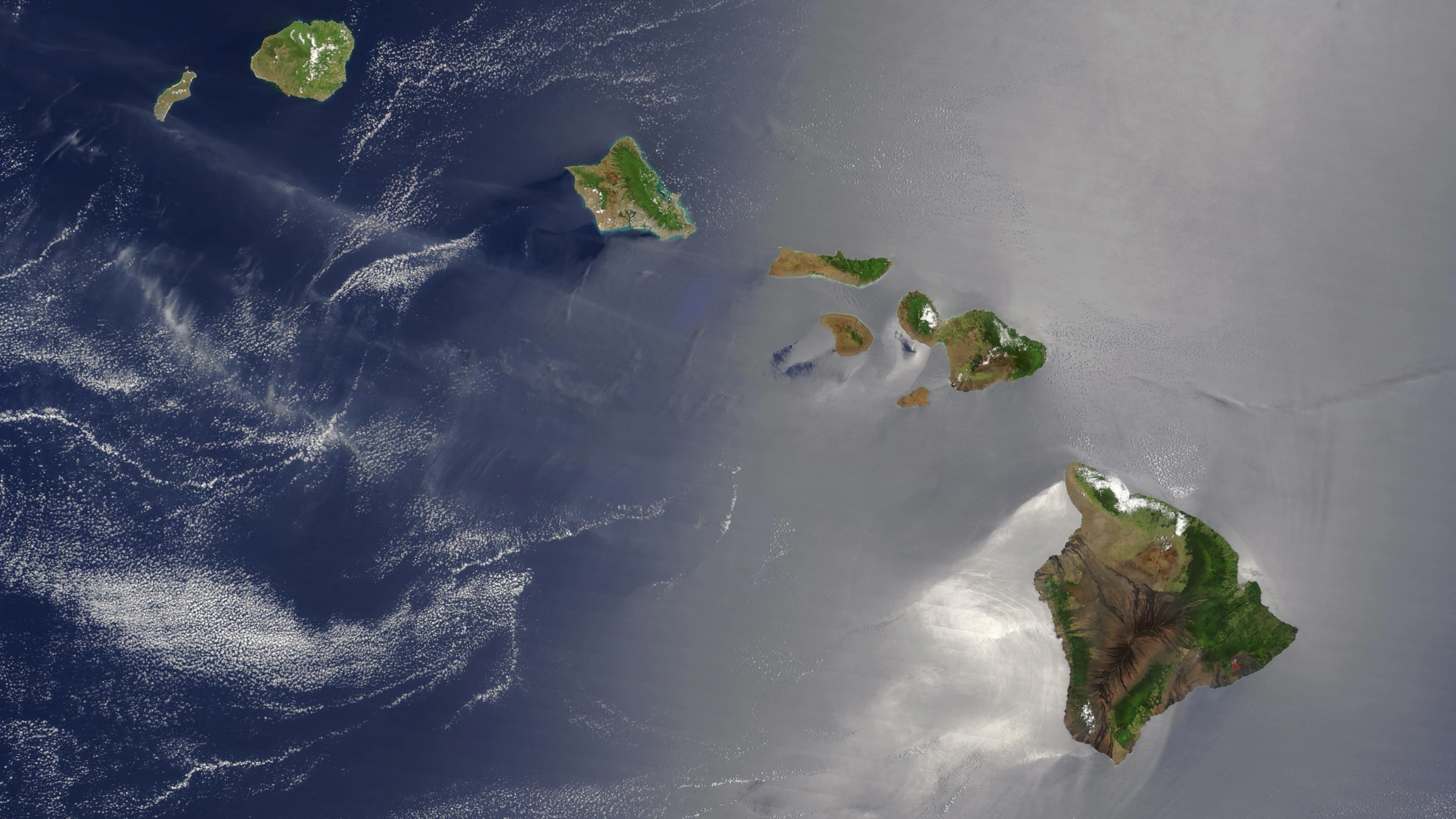More questions than answers surround a state plan to cut greenhouse gas emissions in the transportation industry.
In June, the Hawai‘i Department of Transportation published an “Energy Security and Waste Reduction Plan,” a proposal to reduce carbon emissions across the transportation sector to meet the state’s 2045 deadline to achieve 100% clean energy.
Currently, the plan is in the midst of an extended public comment and review process, with a final draft expected to be published in October. As part of that process, DOT representatives are holding online meetings on the proposal over the next several weeks, with the first one held July 15.
While sparsely attended, that first meeting raised questions about the impacts of some of the strategies proposed in the plan. For example, the plan calls for a 75% reduction in cruise ship ports-of-call by 2045 — which would have significant impacts on local businesses.
During last week’s meeting, DOT Director Ed Sniffen said “the goal is not to kick [cruise ship operators] out of Hawai‘i; our goal is to make sure they bring cleaner ships.”
“If we had to get rid of some kind of operation in our commercial harbors, it’s not going to be our cargo shipments. It definitely won’t be our military operations. It’s going to be the cruise ships,” Sniffen said. “But, of course, we’ll be working with them to … help incentivize them to clean up.”
Sniffen added that the Hawai‘i Tourism Authority will work with HDOT and cruise operators to try to make the process as smooth as possible, but noted that annual cruise ship traffic accounts for only a fraction of total out-of-state visitors.
Other attendees questioned the plausibility of mass adoption of clean airplane fuel — the plan focuses on “sustainable aviation fuel,” or “SAF,” which the International Air Transport Association has committed to fully replace current fuel by 2050.
Sniffen said he believes converting to SAF by 2045 is feasible, although he noted that accelerating the IATA’s plans by five years will “cost a lot” and he expects airlines to have their own comments on the proposal.
Sniffen did not attend a Wednesday meeting of the Honolulu City Council’s Infrastructure, Transportation and Technology Committee, where HDOT representatives briefed councilmembers about the plan. That briefing raised further questions.
Mā‘ili Rep. Darius Kila attended the committee meeting in person to question its relationship with reality, noting that many of his constituents are “counting pennies” to stay in the state.
“When you have green, it’s easy to go green, but when you don’t have green, you cannot go green,” Kila quipped.
Kila went through many of the plan’s proposals, highlighting where they will likely raise costs for residents. For example, plans to decarbonize maritime shipping, switching vessels from diesel fuel to “renewable diesel” will require shipping companies to retrofit their fleets to use a less efficient fuel — with which Kila said companies will “gladly comply,” as they can simply pass on the increased costs to the end users in Hawai‘i.
Other proposals, including one for congestion pricing in urban zones, will disproportionately impact rural residents who can’t afford to live and work in the same neighborhood.
Kila also said plans to entirely phase out internal combustion vehicles are unfeasible, particularly in the face of likely rollbacks of federal incentive programs for EV adoption.
Further complicating matters is the announcement by Matson earlier this month that the shipping company will no longer transport EVs on its vessels, citing risks of lithium-ion battery fires.
And Kila warned that the proposed cutback of cruise ship traffic will have predictable, devastating impacts on local businesses, restaurants and tour operators.
“Hawai‘i has been an amazing leader in leading the charge [toward decarbonization], but if we’re leading the charge and people are still left behind, that’s not progress at all,” Kila said. “There is a reality for Hawai‘i residents that every penny that increases their costs of living … is pushing [the question] whether they should stay in Hawai‘i or not.”
Additionally, Councilman Tyler Dos Santos-Tam noted another side effect of decarbonization: loss of fuel tax revenue, which is used to maintain road infrastructure. As adoption of EVs increases, the county’s fuel tax revenues have already dropped from $51 million in 2019 to an anticipated $43 million next year, Santos-Tam said — “and it’s going to go down every single year thereafter.”
“So the question is, do we put [the shortfall] on the users, the people who are driving, the people who are consuming gasoline?” Santos-Tam said. “Or do we do things like property tax revenue, which affects everybody, including non-drivers?”
Answers for all these questions were not immediately forthcoming at the committee hearing Wednesday. However, further public meetings on the plan will be held online on July 27 at 2 p.m. and July 28 at 6 p.m. Additional meetings in August have yet to be scheduled.
The final draft of the plan is slated for publication in October. Much of the proposals mentioned in the document are expected to be part of a 2026 legislative package.





